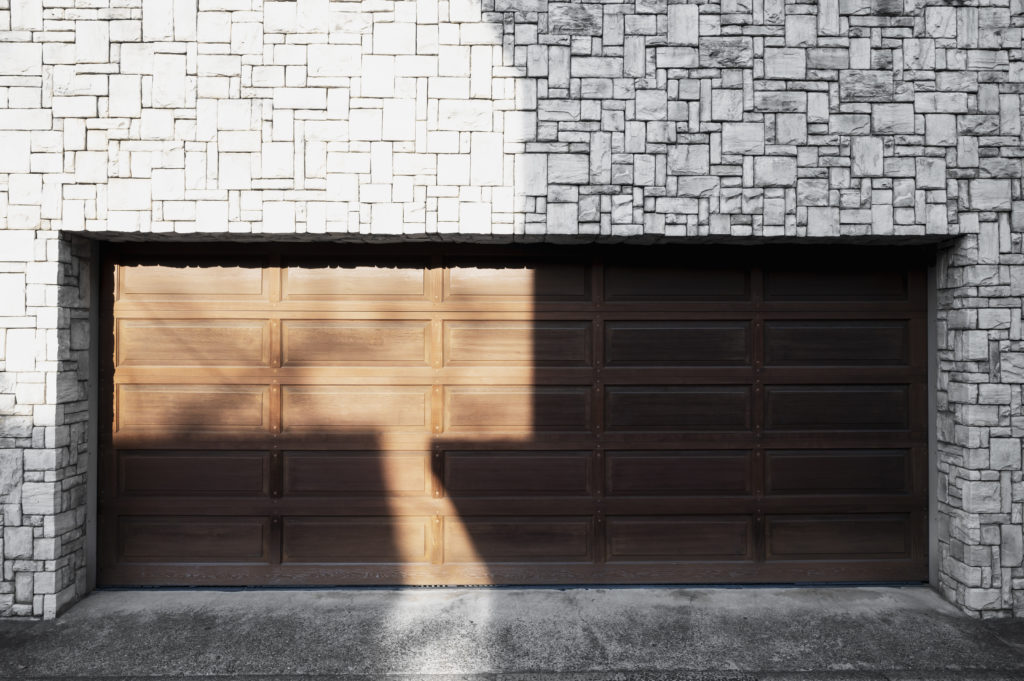Most car sun shades are collapsible and can fold into a compact shape.
Choosing Sun Shades
Most car sun shades are collapsible and can fold into a compact shape.

Dash Designs
The Dash Designs Original Sun Shade is an easy and inexpensive solution. This product features a metallic fabric that blocks UV rays, heat and solar light. It is lightweight and opens in one simple action. It can reduce the inside temperature of your vehicle by up to 50 degrees. The EcoNour Car Windshield Sun Shade is another great option for reducing the inside temperature of your vehicle. It is a two-piece set that is simple to install. Designed for large vehicles, it includes 16 steel ground stakes, weighted sandbags, and a one-year warranty. Click here and get more information about solskjerming.

Shades
Many cheap sun shades are made from plastic or fabric. A cheap shade usually costs $20 or less. It may help to protect your health but it cannot block all UV rays. To protect your eyes and skin, consider buying a quality model. More detail about Aasheim.

UV rays
While these cheap sun shades may not be able to block all UV rays, they are a great way to protect your eyes from the sun. They are also water resistant and durable. For even more protection, consider the Oakley Reddish Series.
These sun shades come in several sizes and are leaner than other shades. However, not all are able to fit all windshields. You should determine the dimensions of your windshield before you buy one. Whether you’re looking for a simple roller shade, a drapery combination, or a motorized shade, you’re sure to find a great fit.
One solution is to use a sunshade on the inside of your vehicle. Sunshades are not only cool but they also help keep the air conditioning inside your car cool as well as provide some much needed shade from the elements. They are a good idea for cars, trucks, and boats of all makes and models. Find out more information about markiser.

Scalding
What’s the best way to save yourself from the scalding hot sun. There’s more to a good sunshade than meets the eye and it’s important to find one that’s right for you and your crew. This will ensure you get the most for your money. You might want to check out some of the best deals around. And while you’re at it, take a look at the sunshade accessories that are sure to please even the pickiest of your crew members. A well-stocked sunshade closet will not only keep your family safe from the sun’s harmful rays, it will also save you some cash in the process.
Some of them even offer an array of choices, from light weight to heavy weight, depending on the size of your windows and your budget. Besides, many of these options are compatible with other smart home platforms, meaning you can easily integrate your new windows with your smart lighting and smart door locks.
Plus, you don’t have to worry about rewiring, since these are pre-wired. A reputable company should be able to provide you with a wide variety of options, and the good news is that most of these companies are willing to go above and beyond, in the name of customer satisfaction. It also provides excellent light-blocking benefits.
previous generations
Unlike previous generations, there are modern day solutions available today that can be installed in under an hour. There are a variety of companies in the field that produce a range of products, including solar powered roller blinds, solar powered roller shades, and many other types of blinds.
